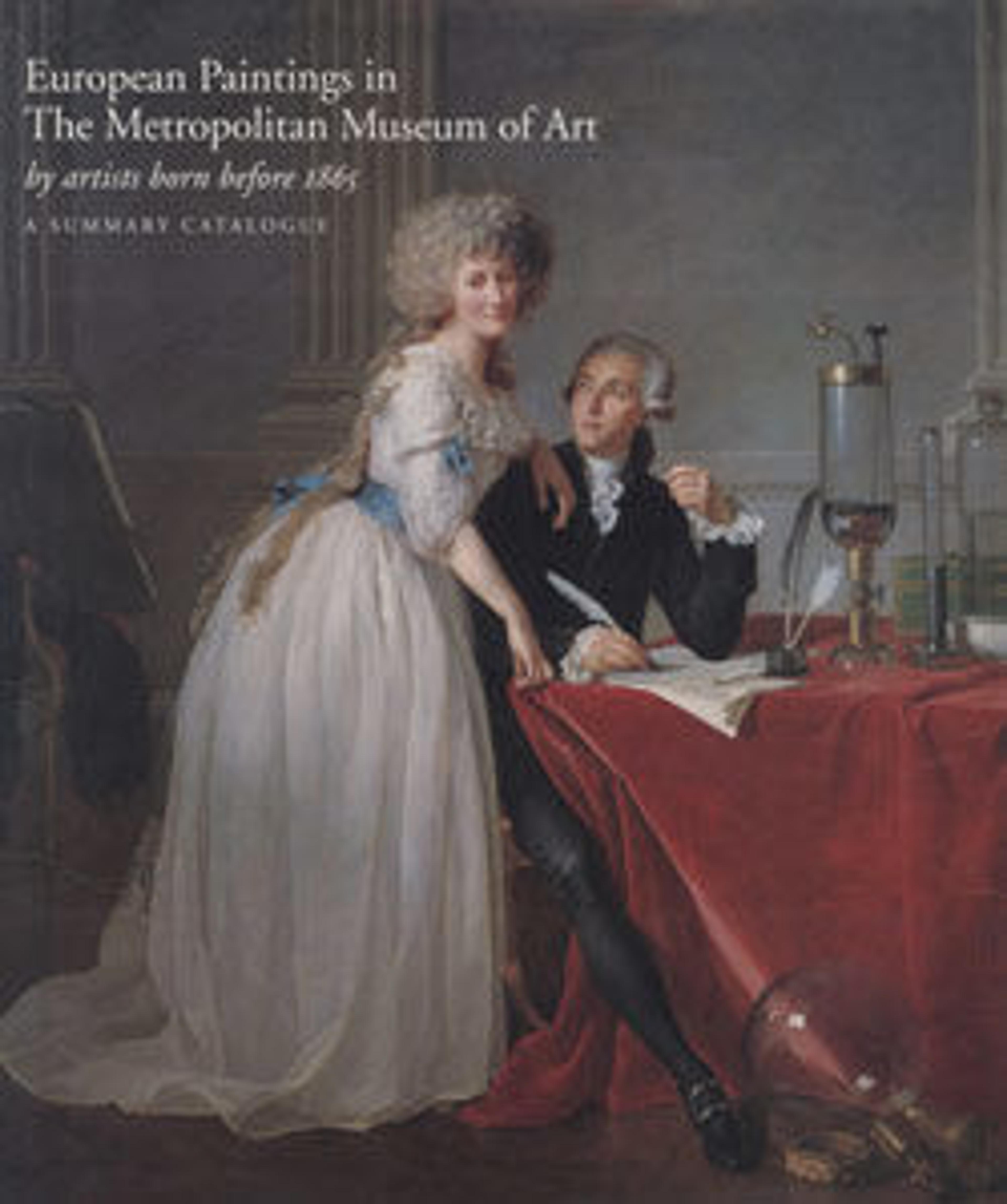Triptych with the Mandylion
The frame honors the acheiropoieta, "not made by human hands," icon of Christ. The narratives on the doors tell its history from Christ’s leaving his image on the cloth with which he wiped his face on his way to Calvary through the cloth’s role as the protector of the kingdom of Edessa (in modern Turkey) and then its transfer to the Byzantine imperial capital in 944. In 1380 Muscovite armies, following the image on a battle standard, defeated the Mongols at the famous battle of Kulikovo. This elegant later work demonstrates the icon’s continuing importance to the Muscovite court.
Artwork Details
- Title: Triptych with the Mandylion
- Maker: The Kremlin Armory Workshops, Moscow (Russian, Moscow, recorded from 1511–about 1715)
- Artist: Russian Painter , early 17th century
- Date: 1637
- Culture: Russian, Moscow
- Medium: Silver, partly gilt, niello, enamel, sapphires, rubies, spinels, pearls, leather, silk velvet, oil paint, gesso, linen, mica, pig-skin, woods: Tilia cordata (basswood or linden), white oak
- Dimensions: Overall (open, confirmed): 27 × 35 3/4 × 5 in. (68.6 × 90.8 × 12.7 cm)
- Classifications: Metalwork-Silver In Combination, Paintings
- Credit Line: Rogers Fund, 1975
- Object Number: 1975.87
- Curatorial Department: European Sculpture and Decorative Arts
More Artwork
Research Resources
The Met provides unparalleled resources for research and welcomes an international community of students and scholars. The Met's Open Access API is where creators and researchers can connect to the The Met collection. Open Access data and public domain images are available for unrestricted commercial and noncommercial use without permission or fee.
To request images under copyright and other restrictions, please use this Image Request form.
Feedback
We continue to research and examine historical and cultural context for objects in The Met collection. If you have comments or questions about this object record, please contact us using the form below. The Museum looks forward to receiving your comments.
